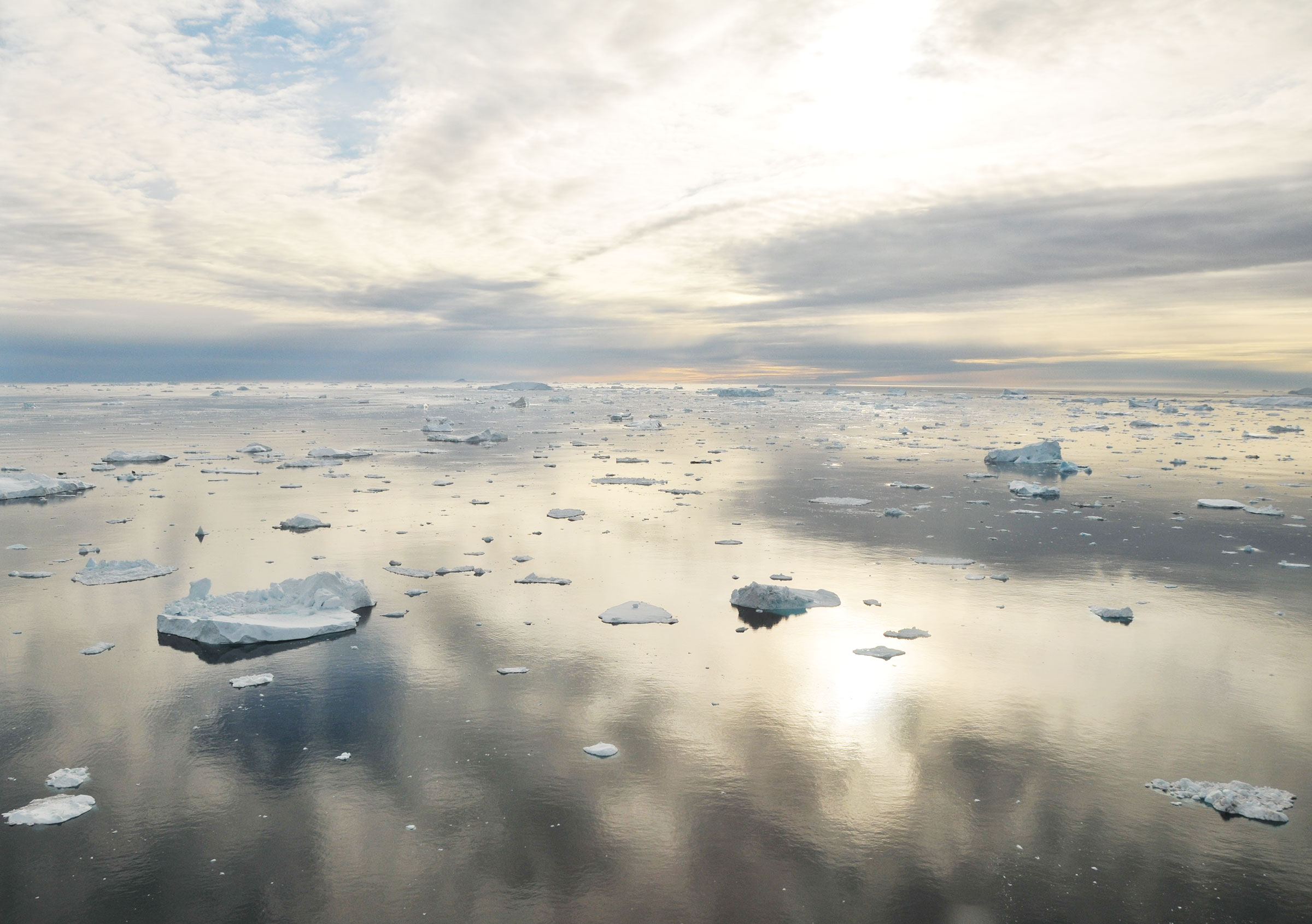Prospective Students
Thank you for your interest in my research program at the School of Aquatic and Fishery Sciences (SAFS). As you probably imagine, I receive many e-mails each year from prospective graduate students such as yourself inquiring about opportunities to work in our research group. I am not able to reply to them all simply because time is in short supply. Students who wish to pursue opportunities in my research group should send me a well-thought out email which includes a: (1) CV and GPA; (2) statement of research experience, interests, skills, and career goals; and (3) if possible a publication. Some tips on this: I have no idea who you are, so take the time to introduce yourself, your background, where you work or study, and why you are writing me. Try to put your CV into 100 compelling words. This is analogous to selling yourself at a job interview. If, upon receiving your email, I determine we are potentially a good match then I will contact you. I usually prefer to meet potential students in person. Unfortunately, I receive far too many requests for individual meetings to accommodate all of them. I have learned to accept the fact that there are some great people out there that I’ll never get a chance to meet!
The most important component of the SAFS application process is identifying a faculty member who will sponsor your application. This is the person (e.g., me) who will ultimately be responsible for providing you an offer (given that you meet certain admission qualifications). Additionally, SAFS requires all incoming students have at least 6 quarters of funding guaranteed. This support may come from my own research grants (if I am looking for a student), or more typically a fellowship that you might have been awarded (e.g., NSF graduate research fellowship, NOAA, EPA, DOD). A select number of the highest ranking SAFS applicants are sometimes offered fellowships for 6 quarters but these are very competitive. I encourage you to apply for any graduate research fellowships where you are eligible (NSF, EPA, NOAA Nancy Foster, SeaGrant, NPRB). Do this before you apply to SAFS. You can find out you got the fellowship after your SAFS application has been submitted. You can also find out more information on the graduate program by contacting our SAFS graduate program advisor.
SAFS receives far more qualified applications than can possibly be admitted, which makes the application process exceptionally competitive. In recent years, <15% of all qualified applications have been accepted. Final decisions are typically made in April, though sometimes later. It’s impossible for me to make any promises until I know the status of my research grants and until I see all of the incoming graduate applications. Also, I do not accept new graduate students every year.
Finally, I am committed to promoting diversity, equity, and inclusion in our field, so I especially encourage you to get in touch if you are a first-generation college student, a student from a low-income background, a member of a racial or ethnic minority, if you identify as a woman or as LGBTQIA+, or if you have a disability. Everyone deserves the right to safely explore and appreciate this incredible natural world. UW is a great place for people who are historically underrepresented in the sciences, with opportunity to connect with others and with support resources across campus.
Undergraduates at UW
I serve as a SAFS undergraduate capstone advisor and interested undergraduate students are welcome to contact me. I also frequently have undergraduate students from other departments on campus do independent study or conduct research so don’t be shy.

